How To Choose a Second-Hand Camera: Your Guide to Buying Used Camera Gear
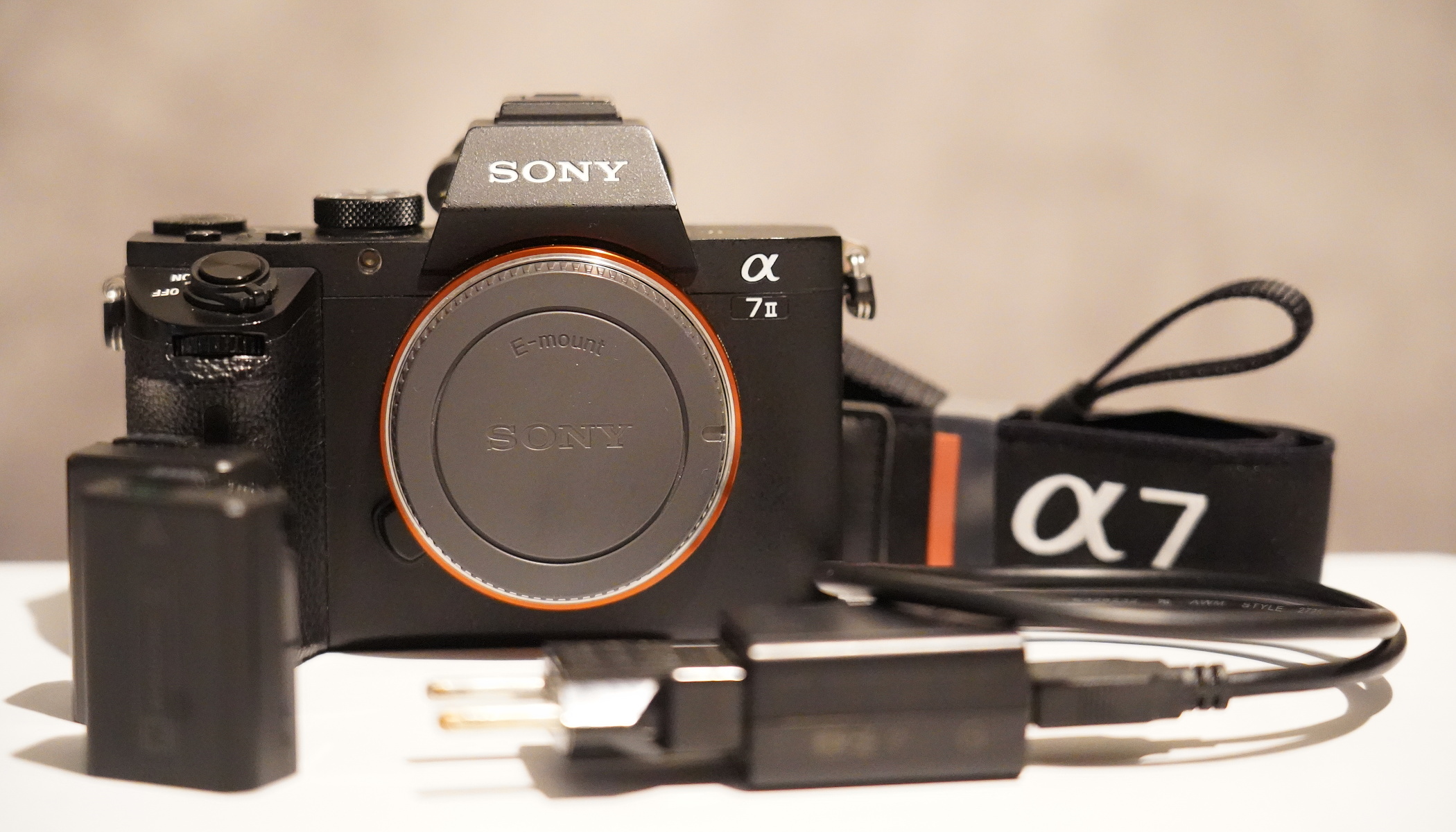
Thinking about buying a second-hand camera? Used camera equipment can be a great option if you know what to look for. In this article, you’ll find tips on how to spot a quality used camera, what to check, how to test a used lens, what to avoid, and where to buy gear. Save money and avoid unnecessary risk.
There is a simple rule in the world of photography gear: A new camera is the safest choice, but it comes at a higher price. A second-hand camera carries a bit of a risk, but also the chance to get great equipment for a fraction of the cost. Many used cameras were taken on a few weekend trips or sat in a drawer for years. And when it comes to lenses, quality glass doesn’t age nearly as quickly as camera bodies or electronics.
How to tell if a used camera is in good shape
Not everything that’s cheap is a good deal, and not every camera with a few scratches is worthless. What should you be on the lookout for?
Start with the camera body. Check for wear and tear—scuffed corners, loose screws, a wobbly bayonet mount, or a flash that doesn’t sit right. These aren’t just cosmetic defects. They can indicate drops, careless handling, or years of use. The control wheels should turn smoothly and click into place without skipping.
Inspect the ports (USB, HDMI, microphone)—Are they loose, sticky, or oxidized? If you’re looking at DSLRs, check the mirror. It should be clean, free of scratches, and fit properly. If it’s crooked, dirty, or jerks when you press the shutter, something could be wrong.
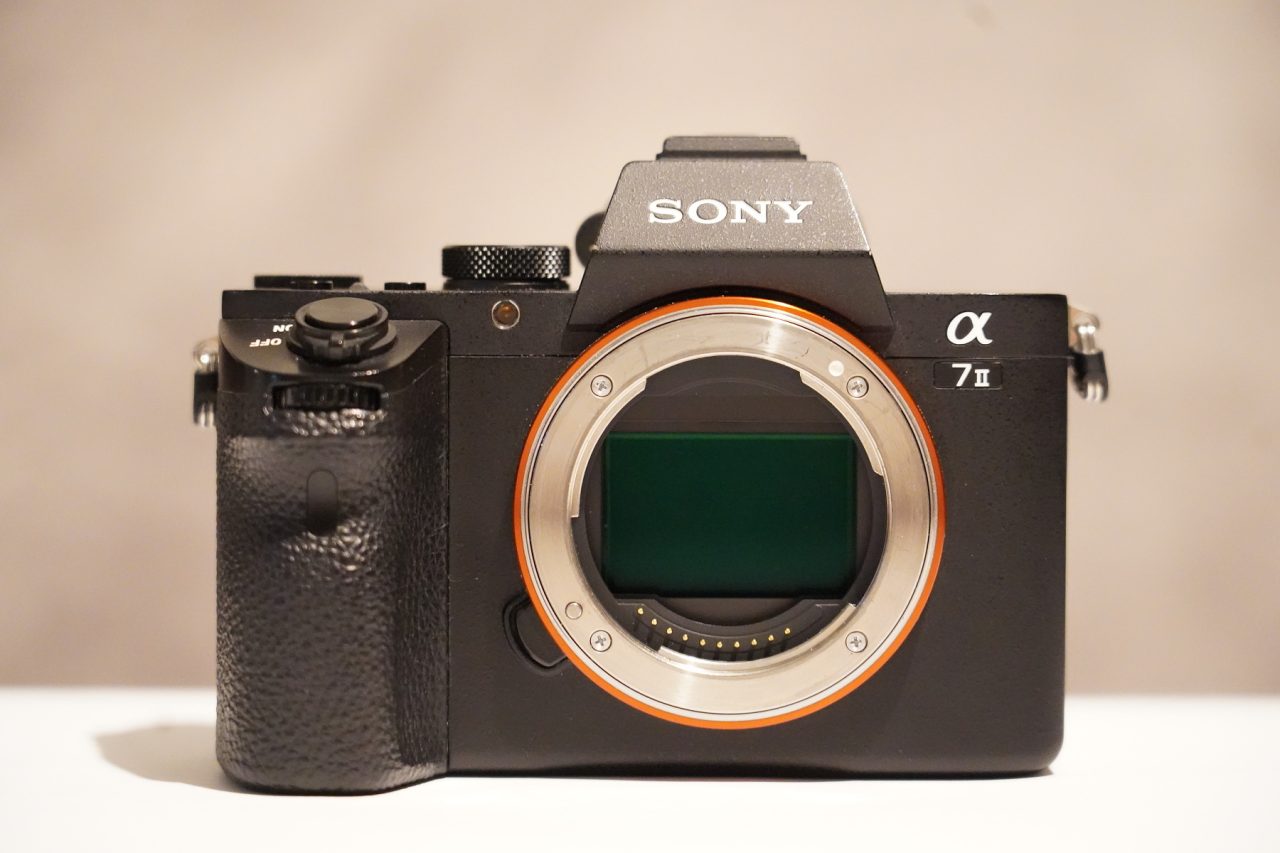
You should also keep an eye on the shutter. To test it, try different speeds, like 1/1000s, and then 1/4s, and listen carefully. The sound should be clear, with no rattling or stuttering. The shutter should operate exactly according to the speed you set, with no delays or hiccups.
Also, check the display. Dead pixels are easy to spot on a pure white or black surface. These pixels either glow constantly in one color (red, green, or blue), or stay black. You can detect them by displaying a white photo (e.g. of a blank sheet of paper) or covering the lens for black. Screen burn-in is also an issue. Faint ghost images of numbers, icons, or status bars stay visible even when they shouldn’t be.
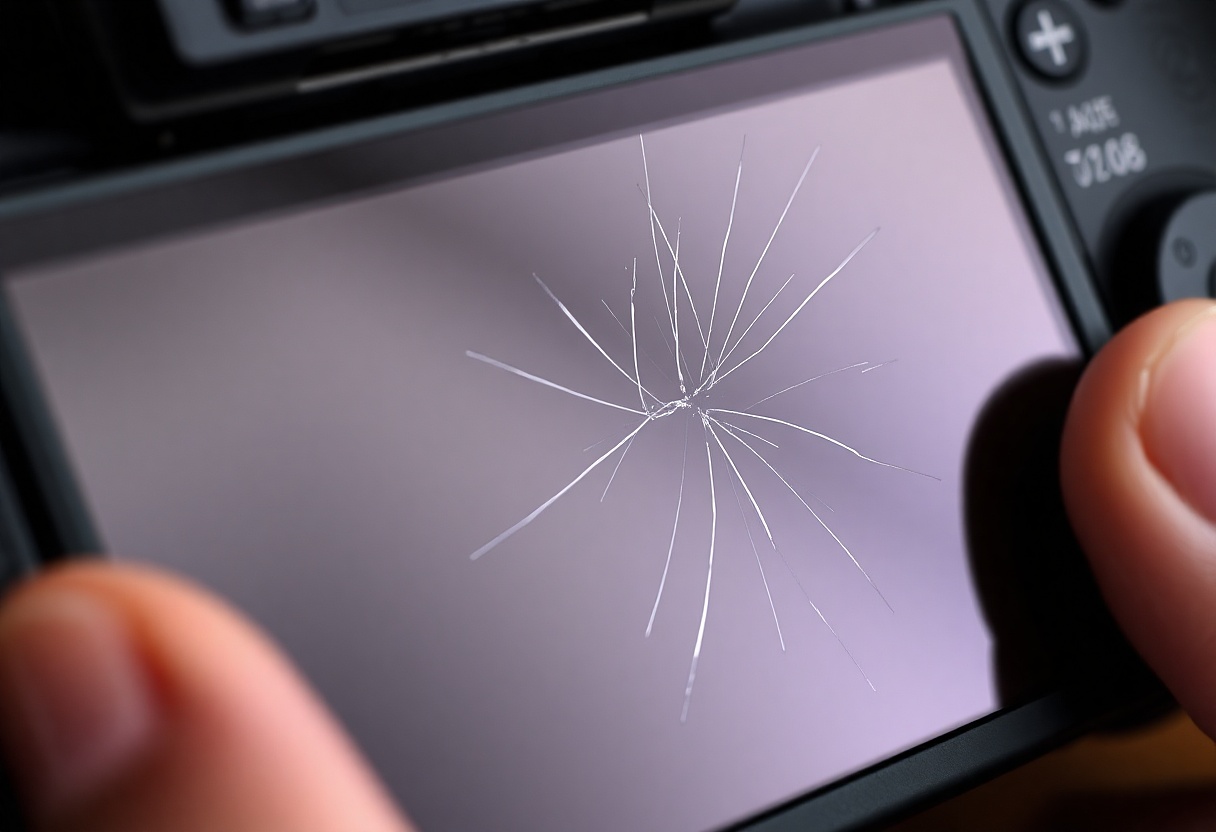
How to test a second-hand camera
Next, it’s time for test shots. Start by taking photos of black and white surfaces. These images help you spot dust on the sensor, noise, dead pixels, or other image defects. Finally, try a high-contrast scene, like a bright window in a dark room, to see how the camera handles dynamic range.
If you can, check the shutter count—the total number of shots taken with the camera. Some brands include this in the file data. For DSLRs, it’s a good indicator of wear and tear, much like the mileage on a car. A shutter count of 20,000 is no problem, while 120,000 is something to think about. However, shutter life varies by model. Entry-level DSLRs usually last around 100,000, while professional models can go several times higher.
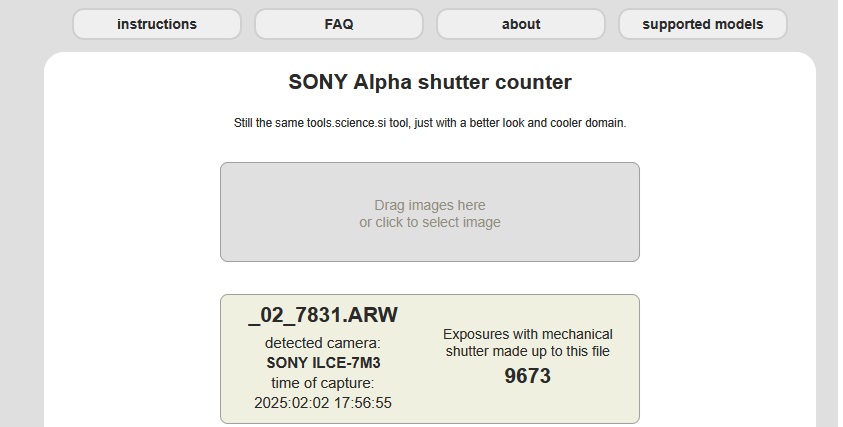
How to spot a good used lens
Lenses are often safer investments than camera bodies. Glass doesn’t age as quickly as electronics. If the lens isn’t scratched, fogged up, or mechanically worn, it can last many more years. The key is careful inspection.
What does “mechanically worn” mean? It’s a lens that has seen some use. You can tell by the fact that it slides when zooming or focusing instead of putting up slight resistance. It clicks or rattles as if there’s something inside bouncing around. It has give that makes the whole lens barrel move sideways when it shouldn’t. Or, it sometimes slides out of place when tilted downward.
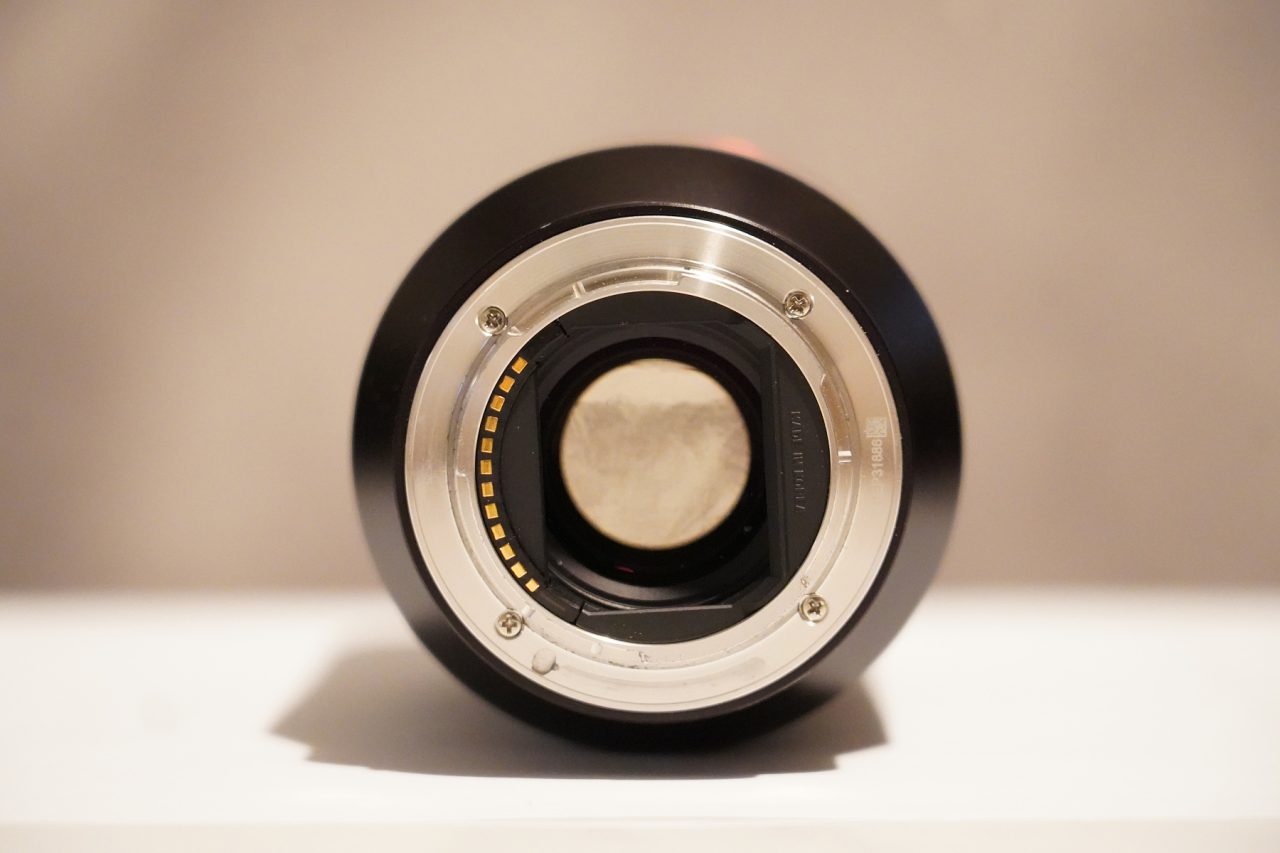
Worn lenses don’t always affect image quality, but their autofocus may be unreliable. The focus ring may not move smoothly, stutters, is stiff or too loose, or “hunts” without locking focus, even on well-lit subjects. Focus may also be slightly off, especially with DSLRs due to back or front focus. Luckily, this can often be adjusted in-camera, at a service center, or via docking stations.
To test focus, use a tripod and focus on a specific point, like text on a box. Check if it’s truly sharp. Look at the corner sharpness too, and make sure they’re not extremely soft even when stopped down. Also, check if the image is “wavy.” For closeups, such as fabric or other fine textures, check how the lens renders details.
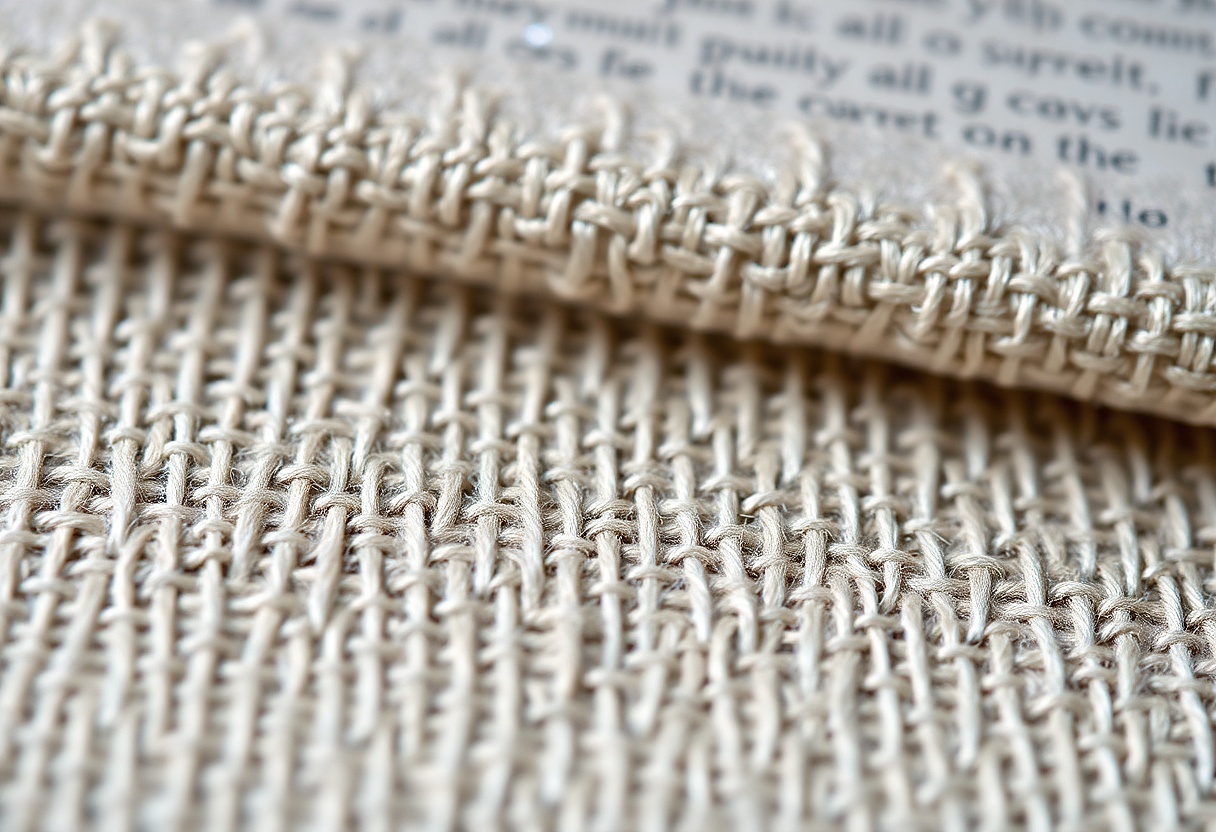
Buying second-hand camera accessories
Secondhand camera accessories deserve their own section. Not everything that’s cheap and in seemingly good condition is worth buying.
Tripods and camera bags are usually safe bets unless they’re visibly damaged. For tripods, check if the leg locks hold, if the head is stable and adjusts smoothly, and if the quick-release plate is complete and secure. A few scratches don’t matter, but if the tripod wobbles or doesn’t stay in place, consider buying a new one.
For flashes, check two things: TTL compatibility (i.e. automatic exposure metering through the lens) and safe trigger voltage. If you’re unsure, look up the flash model online. Many websites list trigger voltages and whether a flash is safe to use with digital cameras.
What about memory cards? Avoid buying them used. They might be worn out, slow, counterfeit (common on certain marketplaces), or damaged. They pose a serious risk of data loss. It’s not worth losing a family photo or an entire shoot to save a couple bucks. Always buy new memory cards from reputable sources. This helps avoid needing to recover delayed photos from your memory card.
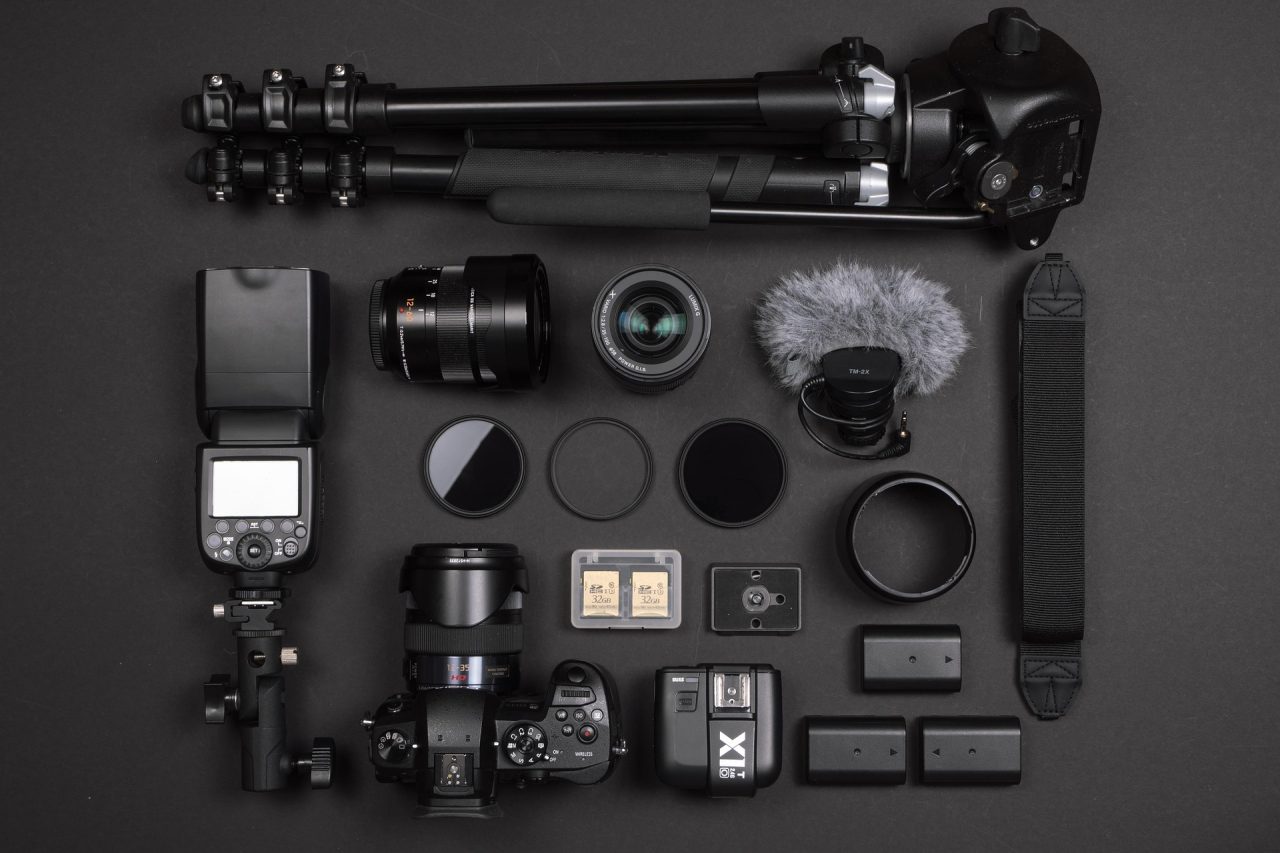
What to ask the seller and red flags
Meeting the seller in person can be nerve-wracking. You know the camera isn’t cheap, and you don’t want to seem overly picky. But don’t let anyone rush you. It’s better to seem overly cautious than to go home and discover a hidden issue.
Ask what the seller used the camera for. Pet and family photos at home? Great. Destination weddings every weekend? That means use in challenging conditions.
Ask about service history. If they have receipts, service records, or proof of firmware updates, that’s a plus. If not, it’s not a deal breaker, but means you should check the gear extra carefully.
Ask about how long the gear’s been unused. If the seller hasn’t taken pictures with the camera in years, where was it stored? A dry closet is fine. A damp basement not so much. Moisture is the number one enemy of electronics and camera equipment.
Pay attention to how the seller communicates. If they’re rushing you, want fast cash, and have no patience for your questions, beware. A trustworthy seller is calm, confident in their gear, and gives you the time and space to check everything thoroughly.
Where to buy used camera gear
You can buy second-hand gear online or in person. Both have their pros and cons. Online shops and marketplaces like eBay, MPB, KEH, or Facebook Marketplace offer a huge selection and often good prices. If you’re shopping online, always insist on in-person pickup directly from the owner.
Local second-hand shops or specialized camera shops are often more expensive, but safer. They usually offer a sales agreement, a basic warranty, and the chance to test everything with knowledgeable staff. If you want to minimize risk, this is your best bet.
Personal experience
Even though I’ve talked a lot about defects and risks in this article, I’ve had great experiences buying second-hand camera gear. Most of my cameras and lenses, from my Nikon D90 to my Sony A7 III, were second-hand. I did my research, arranged in-person meetings, tested the equipment carefully, and never had a problem. I use the same approach when reselling my old camera equipment.
So yes, if you do your homework, buying second-hand can be a smart way to get quality equipment at a reasonable price. Just remember, even if it’s used, it’s still the tool you create with. So take your time, be thorough, and don’t rush the decision.
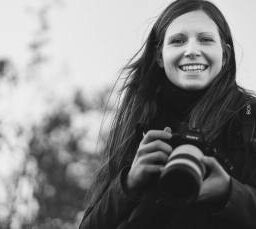
There are no comments yet.